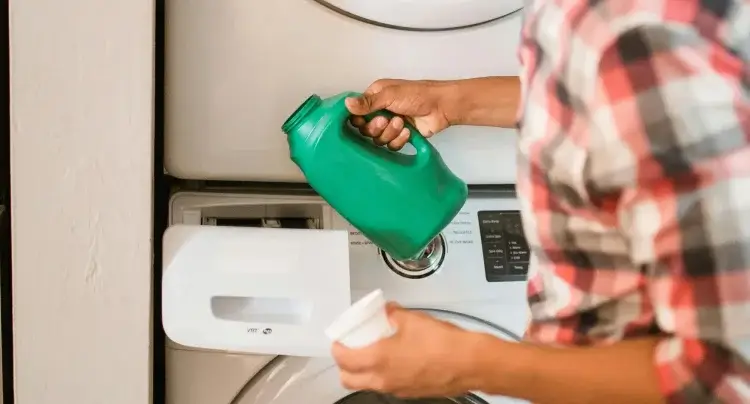Fabric softeners are designed to make your clothes feel soft, reduce static cling, and impart a pleasant fragrance. They work by depositing lubricating chemicals on the fabric, which can help fibers feel smoother. It’s important to understand that while fabric softeners can be beneficial for many types of clothing, they may not be suitable for every laundry load.
Choosing the Right Fabric Softener
When selecting a fabric softener, consider the scent, form (liquid, sheets, or pods), and any specific fabric needs you might have. Some softeners are designed for specific types of fabric or offer eco-friendly options with fewer chemicals and fragrances. It’s best to choose a product that aligns with your values and skin sensitivity.
Proper Measurement Techniques
One common mistake is using too much softener. Overuse can lead to a waxy buildup on clothes and in the washing machine. Read the manufacturer’s instructions on the package. For most liquid softeners, you’ll add about a tablespoon during each wash cycle, but the specific dose can vary.
If you’re using a washing machine with an automatic dispenser, simply fill it to the appropriate line. For manual addition, pour the correct amount into the softener compartment during the cycle’s final rinse.
Optimum Timing for Softener Use
Fabric softeners should be added during the last rinse cycle. This ensures that they are distributed evenly throughout the laundry without being washed away. For those without an automatic dispenser, it’s crucial to be nearby to add the softener at the right time or consider using sheets added at the beginning of the drying cycle.
Cautions and Considerations
While fabric softeners can enhance comfort and scent, they may also weaken flame resistance. It’s best to avoid using them on fabrics designed to be flame-resistant, like those in children’s sleepwear. Similarly, avoid using them on moisture-wicking activewear, as they can impair the fabric’s ability to absorb moisture and maintain breathability.
Over time, softeners can leave a residue in your washing machine and on laundry. To prevent this, regularly clean your machine and avoid using softener every time. Consider skipping softener on items like towels, as the residue can reduce absorbency.
Alternatives to Traditional Fabric Softeners
For those looking to avoid synthetic chemicals, there are alternative solutions such as using vinegar or baking soda during rinsing, which can naturally soften fabrics. Additionally, wool dryer balls can be used in the drying cycle to reduce static cling and wrinkles without added chemicals.
- Vinegar: Add half a cup of white vinegar to the rinse cycle. It has a softening effect and can strip away detergent residues.
- Baking Soda: Half a cup added to the wash cycle can help soften fabrics.
- Wool Dryer Balls: Place them in the dryer to help separate clothes, soften fabrics, and reduce drying time.
Trying these alternatives provides an environmentally friendly approach that avoids the buildup conventional softeners often leave behind.
Using fabric softener correctly enhances the feel and longevity of your clothes. By understanding its uses and limitations, as well as considering natural alternatives, you can tailor your laundry routine to meet your specific needs, ensuring your clothes remain comfortable and fresh.


















